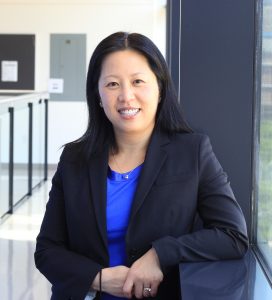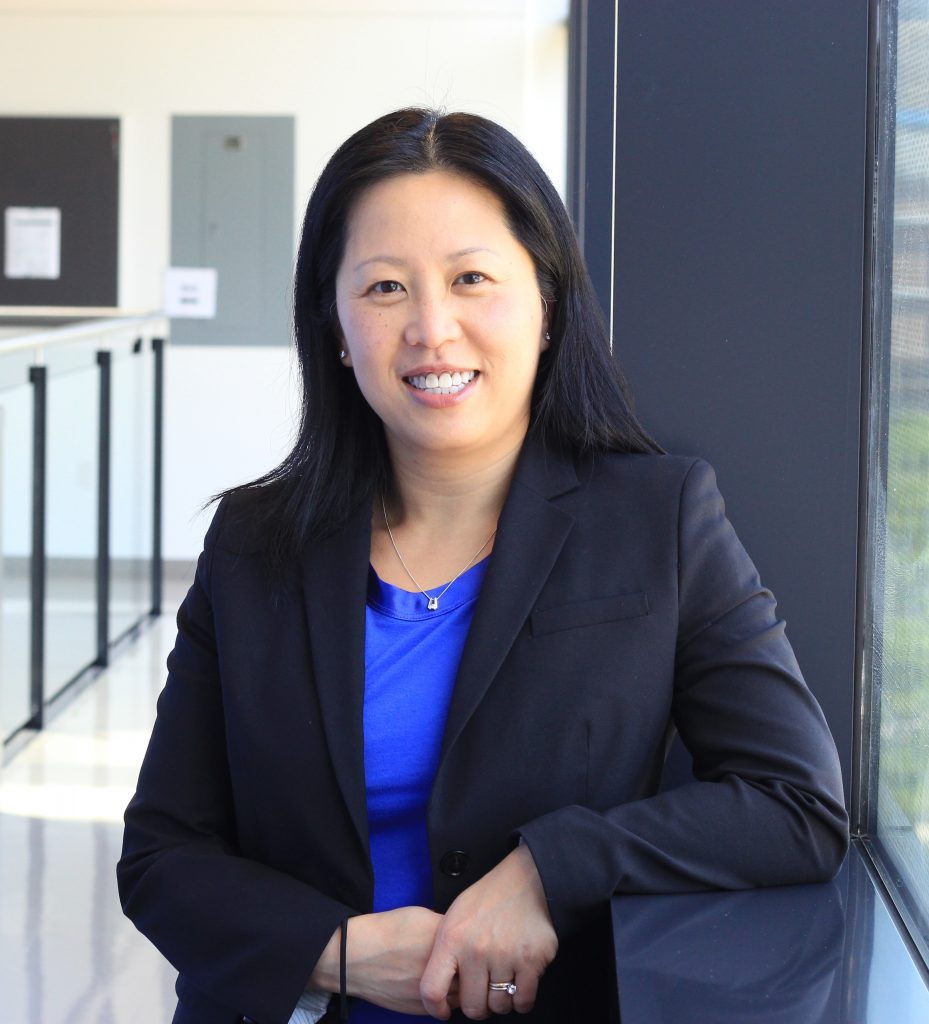
Dr. Kathy Vu, Director of PharmD for Pharmacists Program has worked on building a discovery learning tool for the PharmD for Pharmacists program with the help of an ITIF grant. This work was done alongside Dr. Jennifer Lake, an Assistant Professor with the help of their Program Coordinator Gustavo Luna. The project was based on discovery learning but with some structure, to help create some freedom for students to decide how they would like to learn the course materials.

The students who are in the PharmD for Pharmacists program are practicing pharmacists who have a Bachelors or equivalent degree in Pharmacy and are now going back to get their Doctorate of Pharmacy (PharmD). The project was created in Dr. Lake’s course that looks at primary care, which she stated “…is the general background of what all pharmacists do.” This made her course a perfect fit for the project. Dr. Lake went on to say how people learn differently; but professors have been teaching courses the same way they had been taught, structured on learning the background of the disease, what it is and how to treat the disease. She wanted to give students the choice of how they want to learn material, from learning how to treat the disease first or learning about what the disease is.

Once the details of defining the project and how it should be conducted was decided, it was time to find the proper software. Gustavo Luna reviewed different software that had the capability of self-directed learning and scenario planning, “…looking for a tool that would allow navigation of contents through alternative pathways based on decisions the learner makes at strategic points.” At an Educause Conference Luna met with people from Northern Ontario School of Medicine where they demonstrated Open Labyrinth and told him about their results. Luna concluded that Open Labyrinth was the best tool for their own project.
Open Labyrinth works by building a virtual case. For this project, Dr. Vu’s team used the study of two different areas: contraceptives and prevention of sexually transmitted infections, and built case studies using primary care. The students get a virtual patient case and go from there on their own adventure. Students have the choice of treating the patient or learning more about the disease, however instructors can add required areas which students need to complete to move forward.
Throughout the case, students are prompted with multiple choice questions or continue learning. Each section ends with a multiple-choice quiz on the topic and gives the students and instructors immediate results. This allows students who get questions wrong to go back to learn more about the topic or to continue moving forward into newer sections. For instructors Open Labyrinth highlights areas where students may be struggling, and how they can improve that area of study within the course.
Once the project was complete, Dr. Lake conducted a beta test on a group of 4th year pharmacy students. They wanted to see what pathways the students would take and to gain student feedback. The students really enjoyed using Open Labyrinth, as it was styled as micro lectures that ranged from 2 to 6 minutes long, whereas regular lectures would range from 20 to 45 minutes.
The beta test was successful, and the 4th year students gave great feedback. The next step was to implement this in Quercus, and this where an issue arose, as the software was not compliant with Quercus’ servers. This project did not move forward due to this issue, however Dr. Vu and Dr. Lake see it as a great learning experience, and all the knowledge they gained has been carried forward into new projects. They continue to use the same principles of having micro lectures throughout the program and quizzes at the end of some lectures to help instructors see where they can improve their lectures.
Overall, Open Labyrinth was a great software for both instructors and students. It helped students have opportunities and freedom to learn how they would like. It gave instructors the opportunity to see how their students learn, how much they have learned and how they can improve the content to help students understand better. The project overall was a success for what they wanted to accomplish, with the one major setback of not being able to implement it in Quercus.
By Sankhi Liyanage

